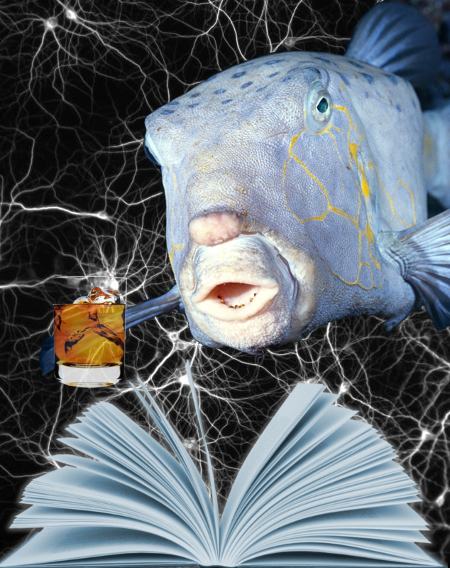Climate probe concerning for fish
 A study of past climates paints a grim outlook for fish species.
A study of past climates paints a grim outlook for fish species.
Climatic stability over millions of years has allowed ancient freshwater fish species to thrive in the 356,000 square kilometres from Shark Bay to Esperance in southwest Western Australia.
New research in the journal Heredity indicates that accelerating climate changes now threaten this biodiversity hotspot.
The region, characterised by temperate forests and grasslands, is home to over 8,000 plant species, with about half being endemic, and more than 500 recorded vertebrate species.
Despite this rich biodiversity, the southwest of WA is increasingly becoming a climate change hotspot.
Since the 1970s, rainfall has decreased by 10-15 per cent and temperatures have risen by 1.1°C over the last century.
“This remarkable biodiversity is already suffering the consequences, including species declines and recent forest die-offs,” says Dr Buckley from the Molecular Ecology Lab at Flinders University, now a Lecturer in Molecular Ecology and Environmental Management at Edith Cowan University, WA.
The research focused on two small freshwater fish species endemic to the area: the western (Nannoperca vittata) and little (Nannoperca pygmaea) pygmy perches.
The western pygmy perch is found across the region, while the little pygmy perch, listed as Endangered, is confined to a few rivers.
“Based on our prior research, we knew that these species had likely existed in the landscape for a very long time and would be ideal models to look at the interaction of climatic history and evolutionary patterns,” says Professor Luciano Beheregaray, who leads the Molecular Ecology Lab at Flinders University.
The study generated genomic data from nine populations accessed through museum collections, assessing their evolutionary relationships, divergence histories, and gene flow over time.
The study found that these two species last shared a common ancestor around nine million years ago and have persisted in isolation with no evidence of gene flow between them.
Using reconstructions of past climate in the region, the study found relatively little change in species ranges over time.
Pygmy perches have been found in the same areas since the Pliocene, with only minor expansions coastward during lower sea levels of ice ages.
“These patterns reflect the climate itself, which has remained relatively stable over that same time period, particularly compared to other parts of Australia,” says Dr Buckley.
However, modelling these distributions under future climate change scenarios produced a stark picture, predicting large declines in range across the species.
“In a business-as-usual scenario, this included the complete loss of suitable climate for one of the cryptic species within the next few decades,” warns Dr Buckley.
The researchers suggest that conservation management actions aimed at improving adaptive capacity, such as genetic rescue, might be necessary to preserve the unique diversity of this part of WA.
Other strategies like captive-breeding and reintroduction programs, which have been successful for other threatened pygmy perches, may also be necessary in the future.








 Print
Print